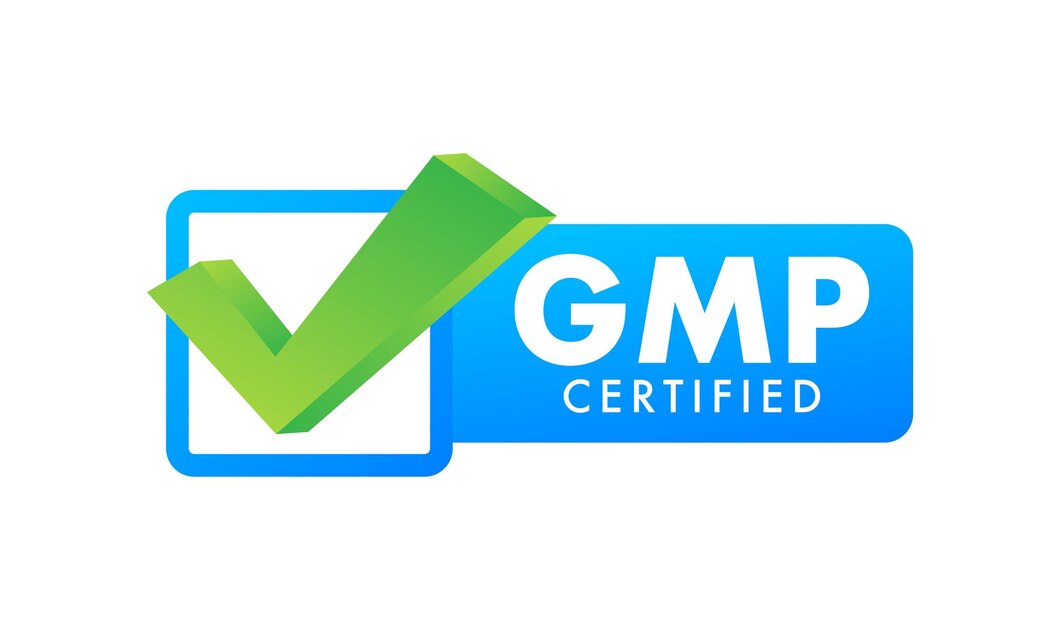I. Introduction
Good Manufacturing Practices (GMP) certification is a vital compliance standard that ensures products are consistently produced and controlled according to quality standards. GMP guidelines help minimize risks involved in production, such as contamination, mix-ups, and errors, which could compromise product safety. Businesses in industries like pharmaceuticals, food, cosmetics, and medical devices must adhere to GMP regulations to ensure their products meet health and safety requirements.
II. Understanding GMP Certification
GMP certification is an internationally recognized standard that focuses on maintaining product quality and safety throughout the manufacturing process. Regulatory bodies such as the World Health Organization (WHO), the Food and Drug Administration (FDA), and the European Medicines Agency (EMA) establish GMP guidelines to ensure uniform compliance across industries.
Key Principles of GMP
- Hygiene and Sanitation: Ensuring a clean and sanitary manufacturing environment.
- Proper Documentation: Maintaining records of every process for transparency.
- Process Control: Establishing protocols to minimize variations in production.
- Personnel Training: Ensuring all employees understand and follow GMP requirements.
- Quality Management: Implementing strict quality checks and audits.
III. Importance of GMP Certification
Obtaining GMP certification is crucial for manufacturers aiming to uphold quality and safety standards. Here’s why it matters:
- Ensures Product Safety: Prevents contamination and defects.
- Regulatory Compliance: Meets legal and regulatory requirements.
- Boosts Consumer Confidence: Builds trust in product quality and brand reputation.
- Reduces Risk of Recalls and Penalties: Prevents costly legal issues and financial losses.
- Facilitates International Trade: Makes it easier to expand into global markets.
IV. Key GMP Requirements
GMP certification involves strict adherence to several requirements that ensure the integrity of the manufacturing process. These include:
- Facility and Equipment Standards: Well-designed and maintained production facilities. Proper sanitation and maintenance schedules. Regular calibration and validation of equipment.
- Personnel Training and Hygiene: Employees must undergo GMP training. Use of protective gear and strict hygiene protocols. Defined roles and responsibilities to prevent errors.
- Documentation and Record-Keeping: Batch records for tracking product history. Standard Operating Procedures (SOPs) for consistent processes. Quality control logs to track inspections and testing.
- Raw Material and Supplier Management: Verification and testing of raw materials. Maintaining supplier quality agreements. Implementing strict storage conditions.
- Quality Control and Assurance: Regular inspections and audits. Testing of finished products for compliance. Immediate corrective action for non-conformities.
V. GMP Certification Process: Step-by-Step Guide
Achieving GMP certification involves a structured process. Here’s a step-by-step guide:
- Understand GMP Guidelines: Familiarize yourself with industry-specific GMP requirements. Identify applicable regulations based on location and sector.
- Conduct a Gap Analysis: Assess current processes and compare them with GMP standards. Identify areas requiring improvement.
- Develop and Implement GMP Policies: Establish quality management systems. Train employees on GMP principles. Ensure proper documentation and record-keeping.
- Perform Internal Audits: Conduct regular inspections to assess compliance. Address non-conformities and implement corrective actions.
- Choose a Certification Body: Select an accredited organization to conduct the GMP audit.
- Undergo the Certification Audit: External auditors assess compliance with GMP standards. Address any issues raised during the audit.
- Obtain GMP Certification: Once compliance is verified, the certification is issued. Businesses must maintain compliance through continuous improvement. who gmp certification requirements
VI. Benefits of GMP Certification
GMP certification provides multiple advantages for businesses, including:
- Enhanced Product Quality: Ensures consistency in manufacturing.
- Legal Compliance: Meets local and international regulatory requirements.
- Market Expansion: Facilitates entry into new markets and partnerships.
- Operational Efficiency: Streamlines production and reduces errors.
- Consumer Trust: Strengthens brand reputation and credibility.
VII. Common Challenges in GMP Certification and How to Overcome Them
Many businesses face challenges in achieving GMP certification. Here’s how to address them:
- Lack of Employee Awareness
- Solution: Conduct regular GMP training sessions.
- High Implementation Costs
- Solution: Consider long-term benefits like increased marketability and compliance.
- Complexity of Documentation
- Solution: Use digital tools to maintain accurate and accessible records.
- Maintaining Continuous Compliance
- Solution: Schedule regular audits and updates to processes.
VIII. How to Maintain GMP Compliance Post-Certification
Once a business is GMP certified, it must ensure continuous compliance. Here’s how:
- Regular Training: Keep employees updated on GMP practices.
- Internal Audits: Conduct periodic audits to identify areas of improvement.
- Update Documentation: Ensure all processes are well-documented and current.
- Monitor Regulatory Changes: Stay updated with industry regulations.
- Invest in Quality Improvement Programs: Enhance operational efficiency.
IX. Conclusion
GMP certification is essential for businesses committed to producing safe, high-quality products. It not only ensures regulatory compliance but also builds consumer trust and enhances market opportunities. While the certification process may seem challenging, the benefits far outweigh the effort. By adhering to GMP guidelines and continuously improving quality management practices, businesses can achieve long-term success in their respective industries.


